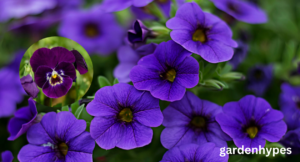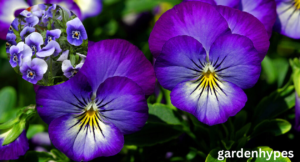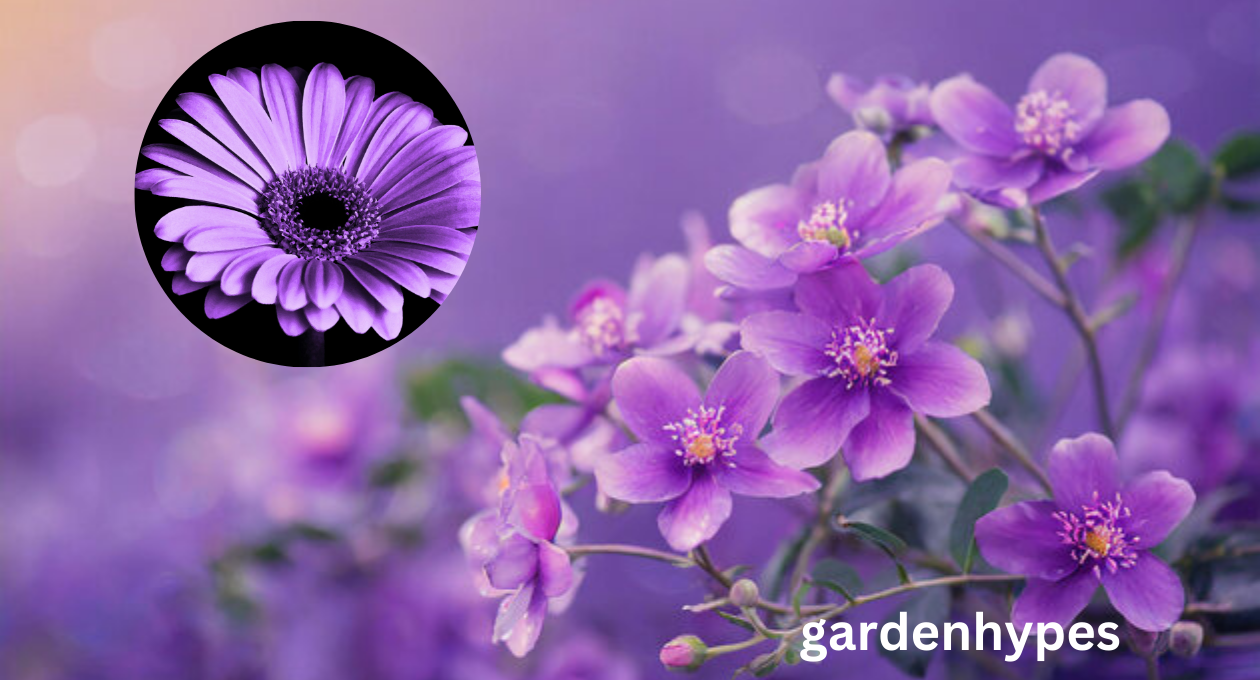Guide to Stunning Purple Perennials for Your Garden
Introduction
Who doesn’t love a splash of purple in their garden? Purple perennials are a gardener’s dream—low maintenance, stunningly beautiful, and perfect for adding elegance and charm to your outdoor space. Whether you’re an experienced gardener or a newbie, these flowers can transform your garden into a magical oasis.
Let’s dive into everything you need to know about purple perennials, from the best varieties to care tips and design ideas.
What Are Perennials?
Defining Perennials
Perennials are plants that come back year after year, blooming in their season without needing to be replanted. Unlike annuals, which last for one growing season, perennials are the gift that keeps on giving.
click in link mango shortage
Benefits of Perennials in Your Garden
- They save you time and effort since you don’t have to replant them.
- They’re cost-effective in the long run.
- They provide consistent beauty, creating a stable foundation for your garden.
The Beauty of Purple in Garden Design
The Psychological Impact of Purple
Purple symbolizes creativity, luxury, and peace. Adding purple flowers to your garden can create a serene and enchanting atmosphere.
Pairing Purple with Other Colors
Purple pairs beautifully with a variety of colors, enhancing the overall look of your garden.
Best Color Combinations
- Purple and white for a classic look
- Purple and yellow for vibrant contrast
- Purple and green for a natural, earthy vibe
Creating a Cohesive Look
Balance your garden design by using shades of purple alongside complementary tones in flowers and foliage.
Top Purple Perennials for Your Garden
1. Lavender (Lavandula)
Known for its calming fragrance, lavender is a must-have. It thrives in sunny spots and well-drained soil.
2. Salvia (Sage)
This hardy perennial offers stunning purple spikes that attract pollinators like bees and butterflies.
3. Coneflower (Echinacea purpurea)
A low-maintenance favorite, coneflowers bloom for months and add texture to your garden.
4. Catmint (Nepeta)
Catmint is perfect for borders, offering delicate purple blooms and aromatic foliage.
5. Russian Sage (Perovskia atriplicifolia)
This tall perennial adds an airy, whimsical feel with its silvery foliage and lavender-colored flowers.

6. Allium (Ornamental Onion)
Alliums produce striking, globe-shaped flowers that make a bold statement.
7. Clematis (Purple Varieties)
A climbing plant, clematis offers large, showy purple blooms, ideal for trellises and walls.
8. Geranium (Cranesbill)
Geraniums are versatile and bloom in various shades of purple, thriving in both sun and shade.
9. Iris (Bearded and Siberian Iris)
With their elegant petals, irises are perfect for adding sophistication to any garden.
10. Heliotrope (Heliotropium arborescens)
Famous for its sweet vanilla fragrance, heliotrope is a delightful addition to flower beds.
click in link mango shortage

How to Grow and Care for Purple Perennials
Soil Requirements
Most purple perennials prefer well-drained soil enriched with organic matter.
Watering Tips
Water deeply but infrequently to encourage strong root systems.
Pruning and Maintenance
Deadhead spent blooms to encourage new growth and keep your plants looking neat.
Fertilizing for Optimal Growth
Use a balanced fertilizer in early spring to give your plants a head start.
Designing Your Garden with Purple Perennials
Placement and Layering
Use taller purple perennials at the back and shorter ones in the front for a layered effect.
Combining Purple Perennials with Foliage Plants
Pair purple flowers with foliage plants like hostas or ornamental grasses to add texture and depth.
Seasonal Interest with Purple Perennials
Spring Bloomers
Look for irises and geraniums to add color to your early spring garden.
Summer Stars
Lavender and salvia steal the show in summer, offering vibrant hues and a delightful aroma.
Fall Favorites
Russian sage and coneflowers keep the purple magic alive well into the fall season.
Common Challenges and Solutions
Dealing with Pests
Introduce natural predators like ladybugs or use organic pest repellents to protect your plants.
Preventing Diseases
Ensure proper spacing for airflow and avoid overhead watering to reduce the risk of fungal infections.
Handling Overcrowding
Divide your perennials every few years to prevent overcrowding and maintain their vigor.
click in link mango shortage
Conclusion
Purple perennials are a timeless addition to any garden, offering beauty, fragrance, and a touch of elegance. With proper care and thoughtful design, you can create a garden that blooms year after year, delighting everyone who visits.
FAQs
- What is the easiest purple perennial to grow?
Lavender is one of the easiest purple perennials to grow, requiring minimal care. - How do I keep my perennials blooming?
Regular deadheading, proper watering, and fertilizing ensure consistent blooms. - Can I grow purple perennials in containers?
Yes, many purple perennials, like lavender and catmint, thrive in containers. - What is the best purple perennial for full sun?
Russian sage is an excellent choice for sunny spots. - How do I prevent my purple perennials from spreading too much?
Use barriers or regularly divide aggressive growers like catmint to keep them in check.
